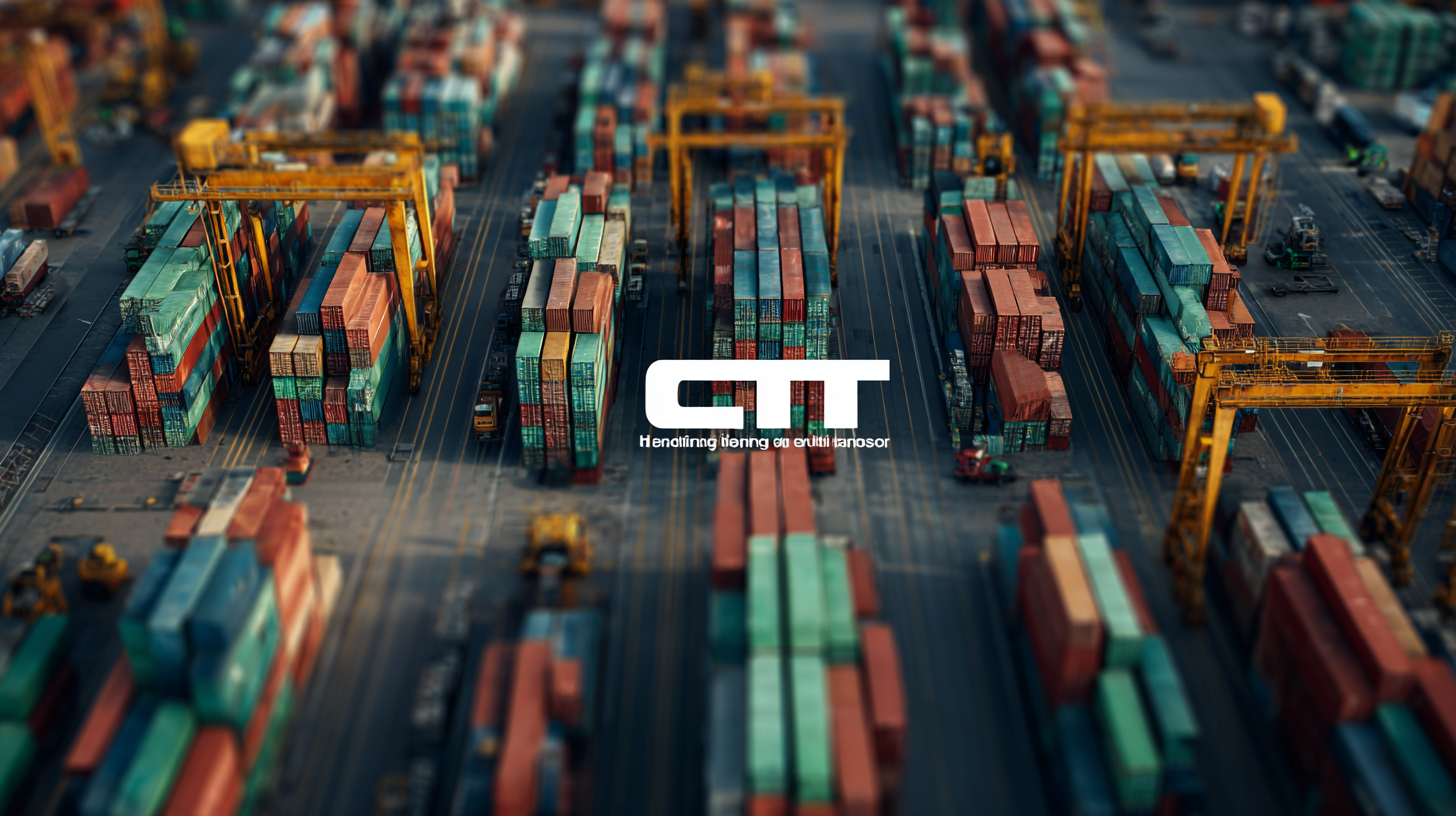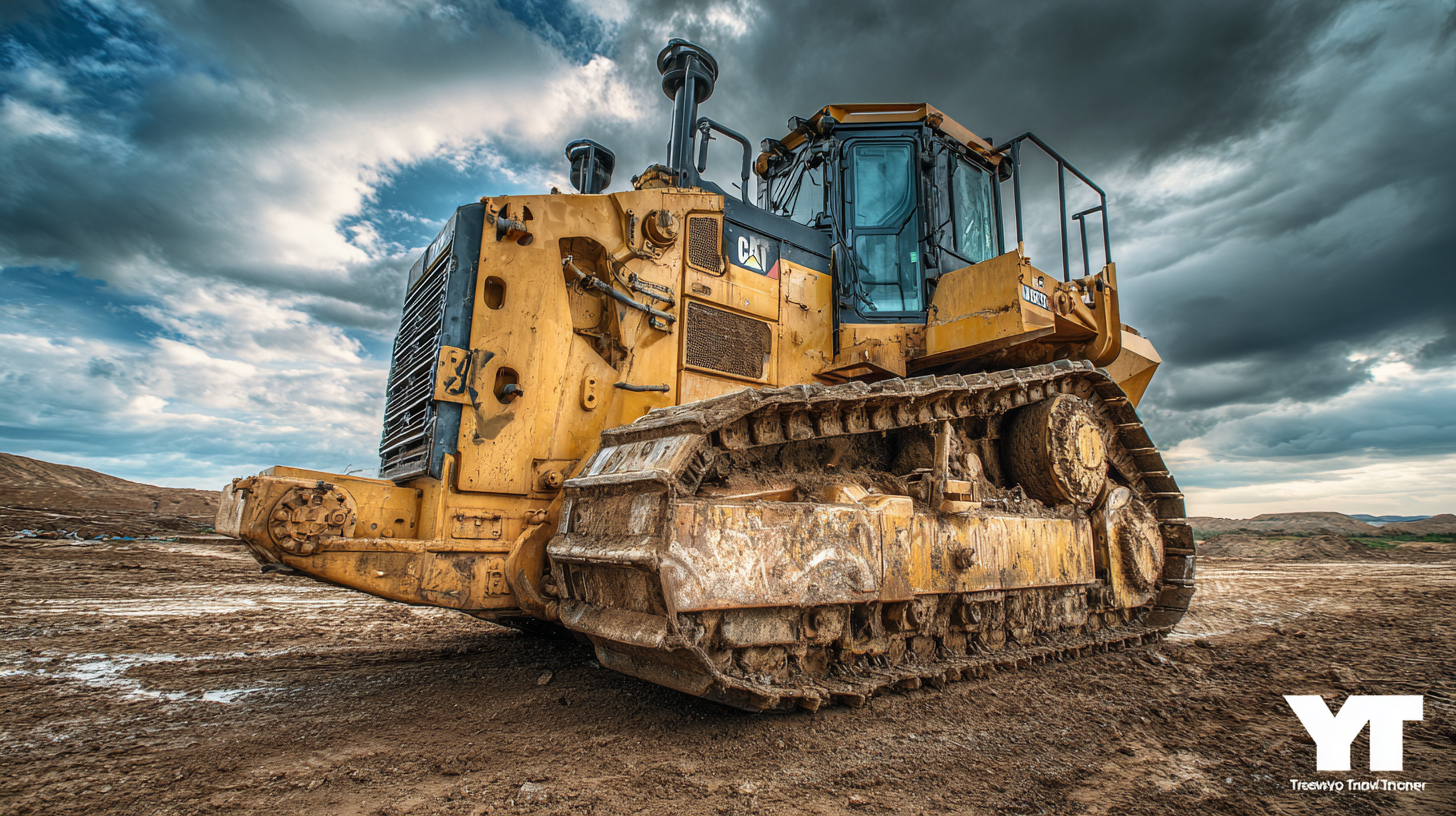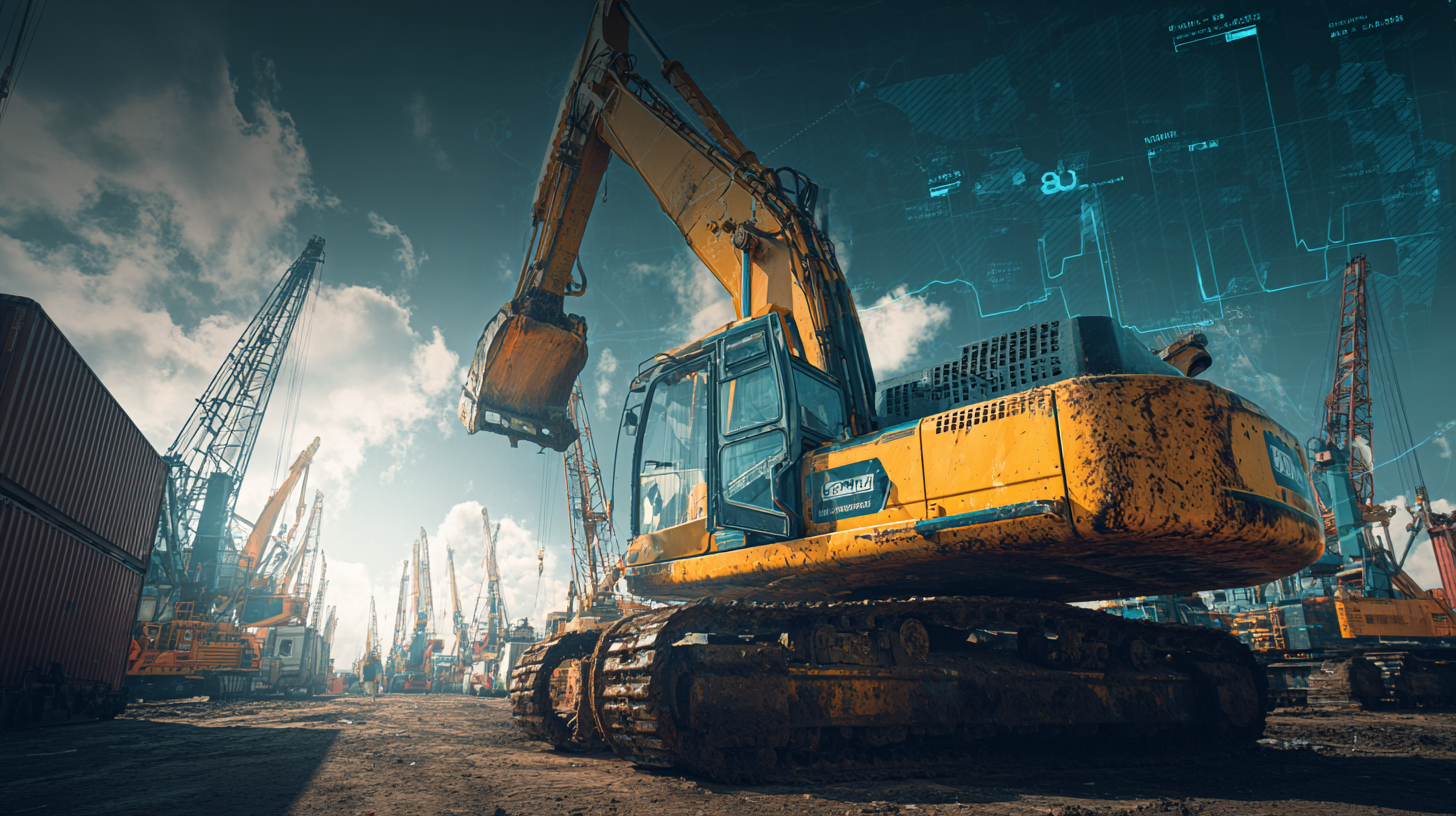Leave Your Message
- Phone
- E-mail
- Whatsapp
As we venture into 2025 and beyond, the landscape of heavy equipment trading is poised for significant transformation, emphasizing the importance of adaptability for every Heavy Equipment Trader. With emerging global trends influencing market dynamics, from technological advancements to shifting regulatory environments, traders must remain vigilant in their understanding of these changes. This blog aims to offer a comprehensive comparison of current trends, analyzing how they affect pricing, demand, and operational strategies within the heavy equipment sector. By equipping Heavy Equipment Traders with valuable insights into these developments, we will explore how to effectively navigate the complexities of international trade, ensuring long-term success and sustainability in a competitive marketplace. Whether you are a seasoned trader or new to the industry, understanding these trends will be crucial in seizing upcoming opportunities and mitigating potential risks.

As we look toward 2025 and beyond, understanding the production standards that influence global heavy equipment trading is critical. The manufacturing sector, which is a major contributor to greenhouse gas emissions, is experiencing a transformation as industries pivot towards cleaner technologies. Reports indicate that the transportation sector alone accounts for a significant portion of these emissions, prompting a reevaluation of manufacturing practices. Industry players must adapt to stricter environmental regulations while meeting the growing demand for more sustainable equipment.
Additionally, the impact of policy responses to globalization has led to a drastic decline in manufacturing jobs, especially among Black and Hispanic workers. The data shows that the continued loss of these jobs presents a substantial challenge to equity and economic stability. A foundational shift in trade policies and an investment in infrastructure could not only help revitalize the distressed manufacturing sector but also create good job opportunities for all communities. As companies navigate these complex global trends, aligning production standards with equitable job creation will be essential for a sustainable future in heavy equipment trading.
| Region | Projected Market Growth (%) | Leading Equipment Type | Production Standards Compliance | Environmental Regulations Status |
|---|---|---|---|---|
| North America | 5.2% | Excavators | ISO 9001 | Stringent |
| Europe | 4.8% | Bulldozers | CE Marking | Highly Regulated |
| Asia Pacific | 7.5% | Crane Equipment | ISO 45001 | Moderately Regulated |
| Latin America | 3.9% | Loaders | Brazilian NR standards | Emerging Regulations |
| Middle East & Africa | 6.0% | Forklifts | GCC Standards | Developing Frameworks |
The heavy equipment market is poised for significant growth in 2025, driven by several key global trends. Notably, the anticipated rise in the global laser processing equipment market, projected to expand from $28.51 billion in 2025 to $64.39 billion by 2032, reflects a remarkable CAGR of 12.3%. This trend underscores the increasing demand for precision in manufacturing and the continuous advancement of technology in heavy machinery. As industries increasingly lean towards automation and improved efficiency, investments in cutting-edge equipment are expected to surge.
Furthermore, the mobile mining equipment sector demonstrates a promising outlook with a value of $67.6 billion in 2024, forecasted to grow at a CAGR of 5.6% through 2034. The driving force behind this growth is the escalating global demand for minerals and metals, essential for various applications, including infrastructure development and green technologies. Companies in the mining sector are ready to capitalize on these trends, indicating a robust recovery and expansion phase ahead. The momentum in these markets signals not only economic growth but also the evolution of technology and sustainability practices in heavy equipment trading.
As the global landscape for heavy equipment trading evolves, sourcing high-quality machinery internationally requires strategic foresight and agility. Companies must navigate not only market demands but also geopolitical changes that may affect supply chains and trade regulations. For instance, recent discussions around U.S. export controls highlight the importance of understanding foreign relationships and their implications for sourcing equipment. With nations competing for technological supremacy, particularly in sectors crucial for construction and heavy machinery, securing reliable suppliers is paramount.
In addition, the shift towards sustainable practices presents another layer of complexity. The ongoing push for green public procurement reflects a broader commitment to environmentally conscious choices, influencing the types of equipment that gain market traction. As countries like Japan leverage their technological advancements in response to societal challenges, international buyers can benefit from innovations that focus on sustainability. Emphasizing these aspects in sourcing strategies will not only ensure compliance with emerging regulations but also align with consumer expectations toward eco-friendly solutions.

In navigating the regulatory challenges in heavy equipment trading, businesses must be acutely aware of the evolving geopolitical landscape that influences trade policies worldwide. As seen in various markets, the interplay between protectionist measures and emerging technologies can significantly impact operational strategies. For instance, the ongoing adjustments in supply chains due to new tariffs and trade levies have compelled companies to rethink their sourcing and production processes. This is particularly evident in the agricultural machinery sector, where reduced sales and production cuts underscore the volatility resulting from international trade tensions.
Moreover, as nations strive to enhance their economic resilience amid these challenges, understanding local regulations becomes paramount. Countries like Vietnam are displaying notable economic adaptability, suggesting that businesses must stay informed about regional policies, foreign direct investment trends, and trade opportunities. The dynamic nature of these regulations will require heavy equipment traders to be agile, developing robust compliance programs that account for both local and international standards. As companies prepare for 2025 and beyond, leveraging technology for better data insights and regulatory tracking will be essential for mitigating risks associated with market fluctuations and regulatory compliance.
This chart illustrates projected trends in heavy equipment trading over the next few years, focusing on various market sectors and their expected growth rates as we navigate regulatory challenges and global market dynamics.
The heavy equipment industry is on the cusp of a technological revolution as we move into 2025 and beyond. As per a recent report by MarketsandMarkets, the global construction equipment market is expected to reach $210 billion by 2025, driven predominantly by advancements in digital solutions. Leveraging technology not only streamlines transactions but also enhances operational efficiency, reducing downtime and maximizing asset utilization.
One of the key technological trends is the integration of Artificial Intelligence (AI) and data analytics in heavy equipment trading. According to a report by McKinsey, companies that adopt AI-powered platforms can increase their overall efficiency by up to 30%. These platforms enable real-time monitoring of equipment status, predictive maintenance, and automated pricing strategies, paving the way for smarter transactions and better decision-making processes.
Furthermore, the rise of online marketplaces and e-commerce platforms tailored for heavy equipment trading is transforming the way buyers and sellers interact. A study by Research and Markets indicates that the online heavy equipment marketplace is projected to grow at a CAGR of 20% through the next five years. This shift not only facilitates easier access to equipment but also provides comprehensive data on pricing, usage, and availability, empowering stakeholders with invaluable insights and tools to make informed transactions.

